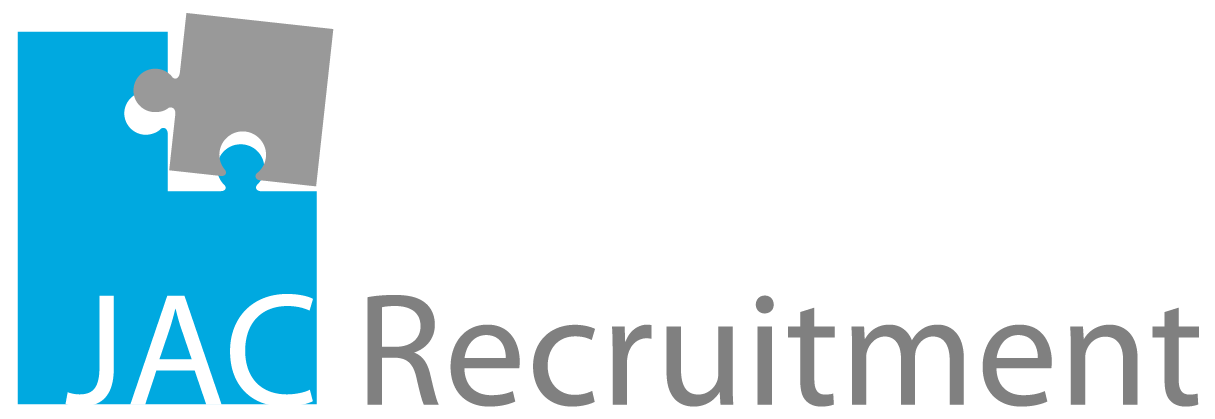In today’s fast-paced recruitment landscape, companies face increasing pressure to find the right talent quickly and efficiently. While traditional talent acquisition methods still hold value, they often fall short of keeping up with the growing demands of both employers and candidates. To stay competitive, organisations are turning to Artificial Intelligence (AI) as a powerful tool for streamlining their hiring processes. However, the most successful approaches combine AI-driven efficiencies with the irreplaceable human touch. By balancing both, companies can achieve not only faster, but smarter hiring decisions.
The Role of AI in Hiring
AI is transforming talent acquisition by automating repetitive tasks, analysing vast amounts of data, and enhancing decision-making. Organisations are already seeing the benefits of AI at every stage of the hiring process—from sourcing candidates to making final hiring decisions. Here’s how AI is making recruitment more efficient and effective:
1. Automated Candidate Sourcing and Screening
The task of manually reviewing hundreds of resumes is both time-consuming and prone to human error. AI-powered tools can automate the screening process by scanning resumes for relevant qualifications and ranking candidates based on their suitability. These tools can also review candidates’ online professional profiles to gather deeper insights into their skills, experience, and qualifications.
While AI can significantly reduce the time spent on these early stages of recruitment, it’s important to remember that algorithms may not capture the nuances of each candidate's story or potential. This is where the recruiter’s human insight plays a crucial role in ensuring no promising candidates are overlooked due to rigid filters.
2. Enhanced Candidate Matching
AI’s ability to go beyond simple keyword matching is a major asset in talent acquisition. By using machine learning models, AI can analyse patterns and predict which candidates are most likely to succeed in a given role. This includes evaluating soft skills, personality traits, and even a candidate’s fit within the company’s culture.
However, AI-driven matching isn’t flawless. While it can provide data-based predictions, humans are better equipped to assess intangible qualities like adaptability, emotional intelligence, and a candidate’s genuine interest in the role. Combining AI’s predictive power with the recruiter’s intuition allows for a more holistic approach to hiring.
3. Improving Candidate Engagement
In today’s candidate-driven market, timely communication is critical. AI-powered chatbots and virtual assistants are becoming more common, handling everything from initial inquiries to application updates. These tools ensure candidates feel engaged throughout the hiring process by providing instant responses and updates.
Yet, no chatbot can replace the personal touch of a recruiter. Candidates want to feel heard and valued, and meaningful human interaction is essential for building trust and rapport. AI can help handle routine tasks, but human communication remains vital in establishing long-term relationships with potential hires.
4. Reducing Bias, But Not Replacing Judgment
One of the major promises of AI is its ability to reduce unconscious bias in hiring. By evaluating candidates based on objective data, AI can help level the playing field, ensuring that factors like gender, age, or ethnicity don’t unduly influence decisions.
However, AI is not immune to the biases embedded in the data it learns from. If historical hiring data is biased, AI systems may reinforce those biases. That’s why it’s important for human recruiters to continuously review AI outcomes and ensure that decisions remain fair and inclusive. AI can guide us toward more equitable practices, but human oversight is critical in making final decisions.
5. Predictive Analytics for Better Decision-Making
AI can help organisations make data-driven decisions through predictive analytics. By analysing past hiring trends and market data, AI can forecast future talent needs, identify skill gaps, and recommend proactive recruitment strategies. These insights allow companies to stay ahead of workforce demands and be more strategic in their talent acquisition efforts.
Still, it’s up to human recruiters to interpret these predictions in context. Factors like organisational culture, team dynamics, and leadership needs are complex and ever-changing. AI can offer powerful insights, but humans provide the judgment required to make the best long-term hiring decisions.
The Importance of the Human Touch in Recruitment
While AI offers incredible efficiencies, the human touch remains irreplaceable in recruitment. Building relationships with candidates, assessing cultural fit, and navigating the complexities of team dynamics require empathy, intuition, and communication—qualities that technology cannot replicate.
AI can handle the heavy lifting, such as screening resumes and analysing data, allowing recruiters to focus on the more strategic and personal aspects of the hiring process. When recruiters use AI to complement their skills, they can create a hiring process that is both faster and more effective, without losing sight of the people at the heart of it.
Combining AI and Human Expertise for Optimal Results
The future of talent acquisition lies in the combination of AI technology and human expertise. AI can automate repetitive tasks and provide valuable data-driven insights, but human bring empathy, intuition, and relationship-building skills that are crucial for hiring success.
By blending AI’s capabilities with human decision-making, companies can create a recruitment process that is not only more efficient but also more personalised and inclusive. AI enhances talent acquisition’s ability to find, engage, and hire the best candidates—but it’s the human touch that turns those candidates into successful, long-term team members.
Ready to revolutionize your hiring process? At JAC Recruitment Singapore, we combine the power of AI with the irreplaceable human touch to help you find the perfect candidates quickly and efficiently. Our expert consultants are here to support you every step of the way, from sourcing and screening to final hiring decisions.


